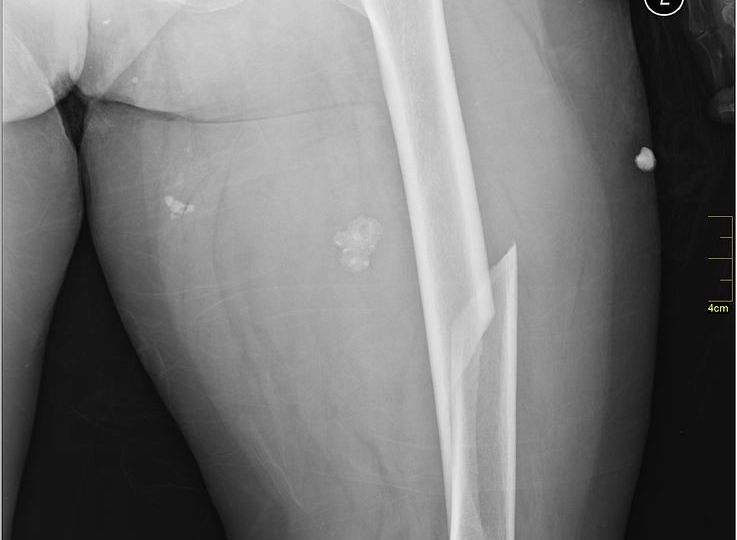
In the bone plate industry, innovation is the name of the game. And there are very few products that come from a history of innovation like the Wolf long bone plate.
Wolf is the only premium plate with multiple firsts in the market, clearly setting it apart from other devices. These others often come bunched together as commodity plates. Low technology, low-cost device that may meet regulatory standards but fall short on features. What features? The ones most frequently needed in addressing difficult and unforeseen situations at the time of surgery.
Unfortunately, the lowest common denominator is what is available in many operating facilities. Many of today’s manufacturers are driven by contracts with large purchase providers to supply the lowest feasible commodity devices.
Not so, the Wolf plate. Today, we’ll be discussing bone fractures and the remarkable way Wolf works with them.
Anatomy Of A Long Bone Fracture
For a lot of us, growing up was full of adventures, from climbing trees to riding bicycles. And falling was part of the fun. Fortunately, only a few of these many falls resulted in bone fractures.
Now, many of us have a mental image of a fracture as a sudden painful break in the long portion of a bone.
The shaft of a bone fails when the energy delivered to it overcomes its failure threshold.
Sports, work-related injuries and vehicular accidents are rather common causes of musculoskeletal injuries. High energy trauma such as falls from a substantial height, car or motorcycle accidents, and some sports accidents are typical scenarios leading to substantial long bone fractures.
To be more specific, the long portion of the bone is referred to as the diaphysis. The flared ends of the bones are referred to as the metaphysis. To further understand the anatomy of the bone, one can think of the diaphysis of a bone as a hollow pipe. The wall of the hollow pipe is called the cortex and is dense with remarkably packed and well-organized living tissue that requires a blood supply.
Nature’s design of a bone is remarkably strong, requiring a lot of energy to bring about a fracture of the long portion. Long bones can fail or fracture through a torsional injury such as arm wrestling, bending or compression. Most fractures result from a combination of these loading modes of bending, torsion, and compression.
Lower energy injuries will cause simpler fractures in two fragments. Conversely, most high energy injuries will cause the bone to break into multiple fragments or, as surgeons refer to it, “comminution”.
Toby Orthopaedics: Your First Call For Long Bone Repair Components
Now that we’ve fully addressed the question of long bone fractures, we will be following it up with a closer look at long bone repair treatments. Upper extremity long bone fracture components from Toby Orthopaedics are an industry-leading option for long bone fracture correction.
Interested in learning more? Contact Toby Orthopaedics today for more on our amazing product line.

